- Written By Team DWS
- Festivals
- April 15, 2025
The Cultural Significance of Mesha Sankranti Across India
India is a land of diverse cultures, traditions, and festivals that embody the essence of its multifaceted heritage. Among the many festivals celebrated throughout the year, Mesha Sankranti holds a significant place, particularly in the Hindu calendar. This festival marks the transition of the Sun into the zodiac sign of Aries (Mesha) and celebrates the spring equinox, heralding the onset of longer days and the blooming of nature. Celebrated across the country with various customs and regional flavors, Mesha Sankranti not only signifies agricultural abundance but also reflects the rich tapestry of Indian culture.
-dws638802740117399384.jpg)
The Astronomical Origin and Timing
Mesha Sankranti occurs around mid-April each year, typically on the 14th of April, although this can vary slightly. The festival is based on the solar calendar, as it marks the moment when the Sun enters Aries, a time that is considered auspicious. This transition signifies the end of winter and the beginning of a fruitful harvest season, which is particularly vital for agrarian communities.
Harvest Festival Par Excellence
In many regions of India, Mesha Sankranti is synonymous with the harvest season. In states such as Punjab, Haryana, and Uttar Pradesh, it is celebrated as Baisakhi, marking the harvest of wheat and the onset of the new farming cycle. Farmers express their gratitude to the Sun God for the bountiful harvest and perform traditional dances and rituals. People partake in festive meals that include freshly harvested crops, sweet delicacies like kheer, and other regional specialties.
Similarly, in Tamil Nadu, this day is celebrated as Puthandu, where families clean their homes, create ‘kolams’ (traditional rice flour drawings), and prepare a grand feast. The significance of bounty is palpable as families give back to the community through charitable acts, distributing food and support to those in need. The celebration transcends mere festivity, fostering a sense of unity, gratitude, and joy.
Regional Variations
While the core significance of Mesha Sankranti remains the same, various regions in India tailor their celebrations to reflect their unique cultural histories. In Gujarat, it is celebrated as Uttarayan, marked by vibrant kite-flying competitions that draw communities together. The skies are filled with colorful kites, symbolizing the joyous spirit of the festival. People celebrate by exchanging sweets, especially the traditional til-laddoo made of sesame seeds and jaggery, which symbolizes abundance and prosperity.
Conversely, in the southern states, the festival takes on a more spiritual dimension. Apart from Puthandu, in Kerala, it is celebrated as Vishu, which is marked by the ‘Vishukkani’ — the first things to be seen at dawn, arranged on a traditional platter, symbolizing prosperity and happiness for the coming year.
Social and Cultural Cohesion
One of the most poignant aspects of Mesha Sankranti is its ability to transcend barriers and bring people together. Regardless of the region, this time of year sees communities engage in various activities that promote togetherness. From organizing fairs and community dinners to participating in local sports and cultural competitions, the festival serves as a melting pot for old and young, rural and urban, fostering social interaction and unity.
Moreover, educational institutions often hold special programs during Mesha Sankranti, teaching students about its cultural significance. These efforts help instill a sense of pride in one’s heritage and encourage younger generations to engage with their cultural roots, ensuring that traditions are passed down through the ages.
Rituals and Traditions
The rituals associated with Mesha Sankranti are rich and varied. Most households perform pujas to honor the Sun God, revering the source of light and life. Offerings often include rice, jaggery, and seasonal fruits, symbolizing gratitude for the harvest and blessings for the year to come.
The festival also sees the popular practice of taking a holy dip in rivers and lakes, believed to purify the soul and wash away sins. In many towns, fairs (melas) are organized, offering rides, merchandise, and local delicacies, a joyful celebration of life and community spirit.
Conclusion
Mesha Sankranti encapsulates the vitality of Indian culture, merging agricultural abundance with joyous celebrations. It reflects the deep respect that Indians have for nature and its cycles, while simultaneously promoting values of community, gratitude, and togetherness. As families gather around tables laden with food and laughter, we are reminded that these celebrations are not merely about the bountiful harvest but also about the bonds that tie us together, enriching our lives and heritage.
In an ever-changing world, festivals like Mesha Sankranti play a crucial role in preserving the cultural fabric of India, serving as a vibrant link to our roots and a celebration of life’s enduring cycles. The festival is not just a day of festivity; it is a profound reminder of the interconnectedness of humanity and the natural world. It encourages a spirit of cooperation and harmony, teaching us to appreciate the fruits of our labor while recognizing the importance of nurturing our environment. Through traditional rituals, colorful decorations, and the sharing of sweets and delicacies, Mesha Sankranti fosters a sense of belonging and continuity, connecting generations past with those yet to come. In this way, the festival transcends mere celebration, becoming a sanctuary of traditional wisdom, resilience, and collective joy that shapes the identity of a nation rich in diversity and heritage.
-dws638802740211930295.jpg)
Mesha Sankranti FAQs (Frequently Asked Questions)
1. What is Mesha Sankranti?
Mesha Sankranti, also known as Aries Sankranti, marks the transition of the sun into the zodiac sign of Aries (Mesha) in the Hindu calendar. It usually occurs around April 14th each year and signifies the beginning of the solar year for many Hindu communities.
2. Why is Mesha Sankranti celebrated?
This festival is celebrated as it heralds the arrival of warmer days and the harvesting season in many parts of India. It is particularly significant for agricultural communities and is associated with various rituals, cultural events, and festivities.
3. What are the rituals associated with Mesha Sankranti?
Common rituals include:
- Taking holy baths in sacred rivers or water bodies.
- Performing puja (prayers) to deities for prosperity and good fortune.
- Preparing special dishes and sweets, often made from newly harvested crops.
- Engaging in community celebrations, feasting, and sometimes kite flying.
4. What food is associated with Mesha Sankranti?
Traditionally, dishes made from sesame seeds (til), jaggery (gur), and various grains are popularly prepared. In some regions, special sweets and dishes like "tilgul" (a sweet made from sesame and jaggery) are common.
5. What is the significance of the Sun's transition to Aries?
The Sun's entry into Aries is symbolic of new beginnings and the rejuvenation of nature. It is also seen as a time to start new ventures, make resolutions, and celebrate the triumph of light over darkness.
6. How is Mesha Sankranti different from other Sankranti festivals?
While all Sankrantis mark the transition of the sun between zodiac signs, Mesha Sankranti specifically marks the beginning of the solar year as per the Hindu calendar and is celebrated with unique customs and regional variations across India.
7. Which regions in India celebrate Mesha Sankranti?
Mesha Sankranti is celebrated in various parts of India, but it is particularly prominent in states like Andhra Pradesh, Telangana, Karnataka, Maharashtra, and Tamil Nadu, where it may have different local names and customs.
8. Are there any specific astrological beliefs associated with Mesha Sankranti?
Yes, many astrologers believe that events occurring during Mesha Sankranti set the tone for the upcoming year. It is considered an auspicious time for making important life decisions, starting new projects, and performing rituals for health and prosperity.
9. Does Mesha Sankranti have any cultural significance?
Yes, Mesha Sankranti is not only an agricultural festival but also holds cultural significance as it brings communities together to celebrate, participate in traditional games, and engage in cultural performances.
10. Is Mesha Sankranti celebrated the same way in all regions?
No, the way Mesha Sankranti is celebrated varies by region. Different communities have their own unique customs, foods, and rituals. For example, in some places, it might involve regional feasts, while in others it might be more focused on religious ceremonies.
11. Can people of all backgrounds celebrate Mesha Sankranti?
While Mesha Sankranti has roots in Hindu tradition, anyone interested in practicing the rituals of the festival, learning about its cultural significance, or joining in the community celebrations is welcome to participate, regardless of background.
12. How can one observe Mesha Sankranti if not in India?
Those living outside India can still observe Mesha Sankranti through various means such as:
- Joining local Indian community celebrations.
- Preparing traditional dishes in honor of the festival.
- Learning about its significance and performing simple rituals at home.
These FAQs will provide a comprehensive understanding of Mesha Sankranti and its cultural, religious, and social significance.
Popular on Blogs
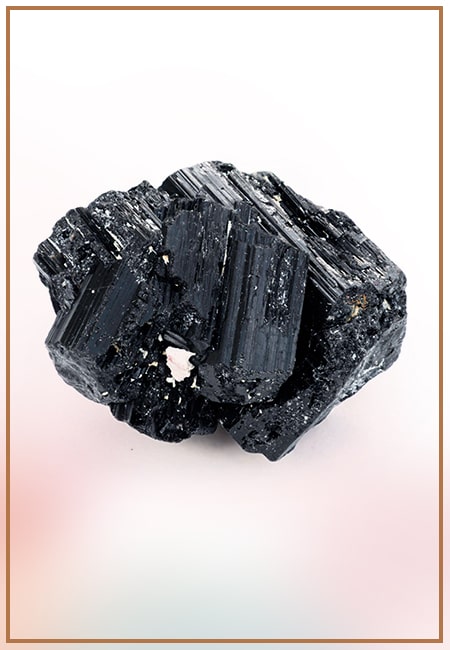
Black Tourmaline: Meaning, Healing Properties, Fascinating Facts, Powerful Attributes, Versatile Uses, and Beyond
September 05, 2023 / BY Team DWS
Black Tourmaline, also known as Schorl, is a highly revered crystal with incredible metaphysical properties. It derives its name from the Dutch word "turamali," meaning "stone with ..
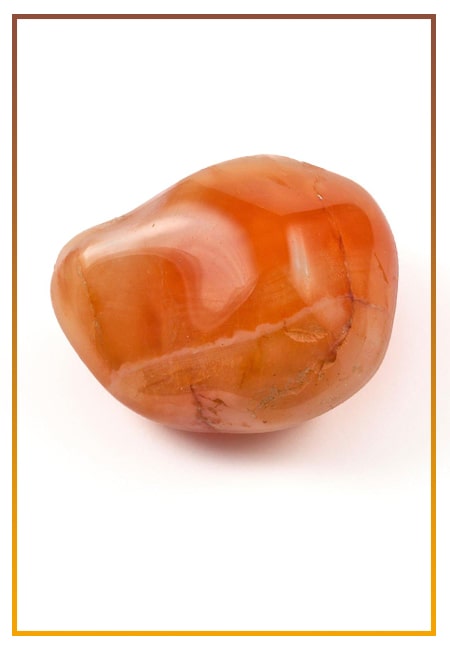
Carnelian Stone: Meaning, Healing Properties, Power, Facts, Color, Uses and More
December 26, 2023 / BY Team DWS
Carnelian is a vibrant and captivating gemstone that holds a plethora of meanings, healing properties, and powers. Its warm and fiery energy makes it a popular choice among crystal ..
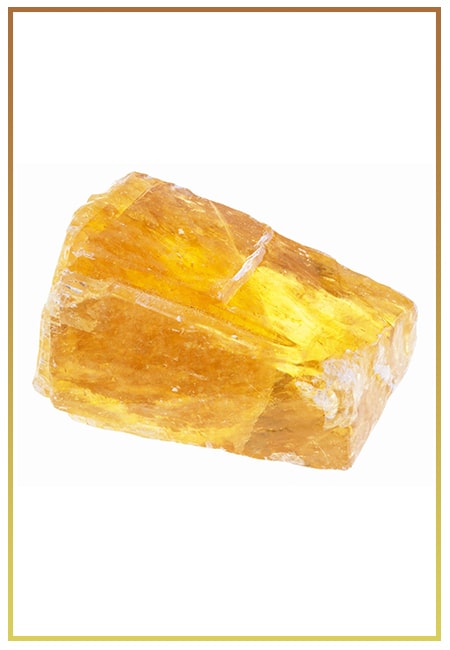
Citrine: Exploring its Meaning, Healing Properties, Fascinating Facts, Powers, Versatile Uses, and Much More
November 18, 2023 / BY Team DWS
Citrine, with its warm golden hues, has captured the attention and imagination of people for centuries. This beautiful gemstone, commonly associated with wealth and prosperity, hol ..

Black Onyx: Unveiling the Meaning, Healing Properties, Fascinating Facts, Powerful Attributes, Versatile Uses, and Beyond
July 25, 2023 / BY Team DWS
Black Onyx, a striking gemstone admired for its deep black hue and elegant appearance, has captivated people for centuries. In this comprehensive guide, we will delve into the mean ..
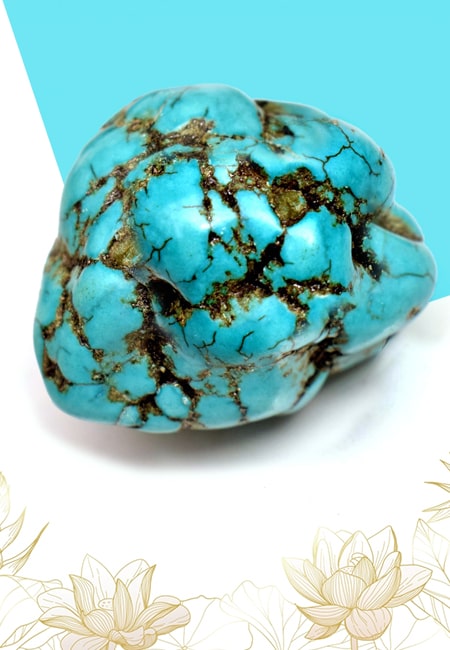
Unveiling the Mysteries of Turquoise Stone: Exploring its Meaning, Healing Properties, Power, Facts, Color, Uses, and More
December 05, 2023 / BY Team DWS
Turquoise, with its captivating blue-green hue, has been adorning jewelry and artifacts for centuries. This striking stone has a rich history, rich symbolism, and a plethora of int ..
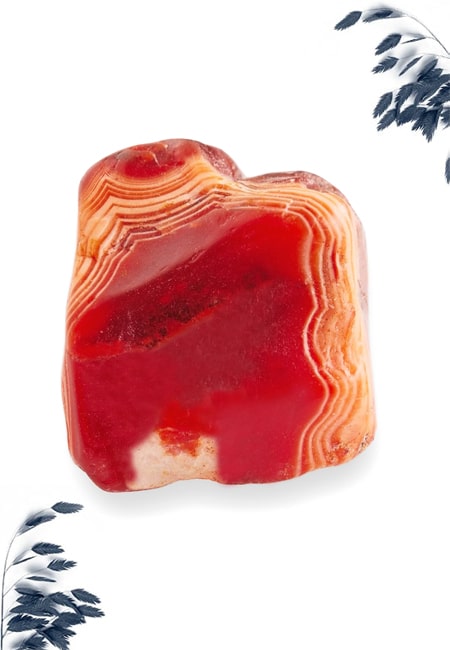
The History Behind The Popularity of Red Agate
December 23, 2022 / BY Team DWS
An Agate is a type of magma rock that takes many years till it is washed out naturally into the water. And that is the reason this stone has elements of water. This beautiful stone ..

Plan a Perfect Valentine's Week with Our Valentine Week List 2025
January 22, 2024 / BY Team DWS
Valentine's Day is undoubtedly the most romantic day of the year, but we believe that one day is just not enough to express your love and make your partner feel special. That's why ..

Bloodstone: Unveiling the Meaning, Healing Properties, Facts, Powers, Uses, and More
August 21, 2023 / BY Team DWS
Bloodstone, with its captivating deep green color with specks of red, is a mesmerizing gemstone that has fascinated civilizations for centuries. It possesses unique healing propert ..


